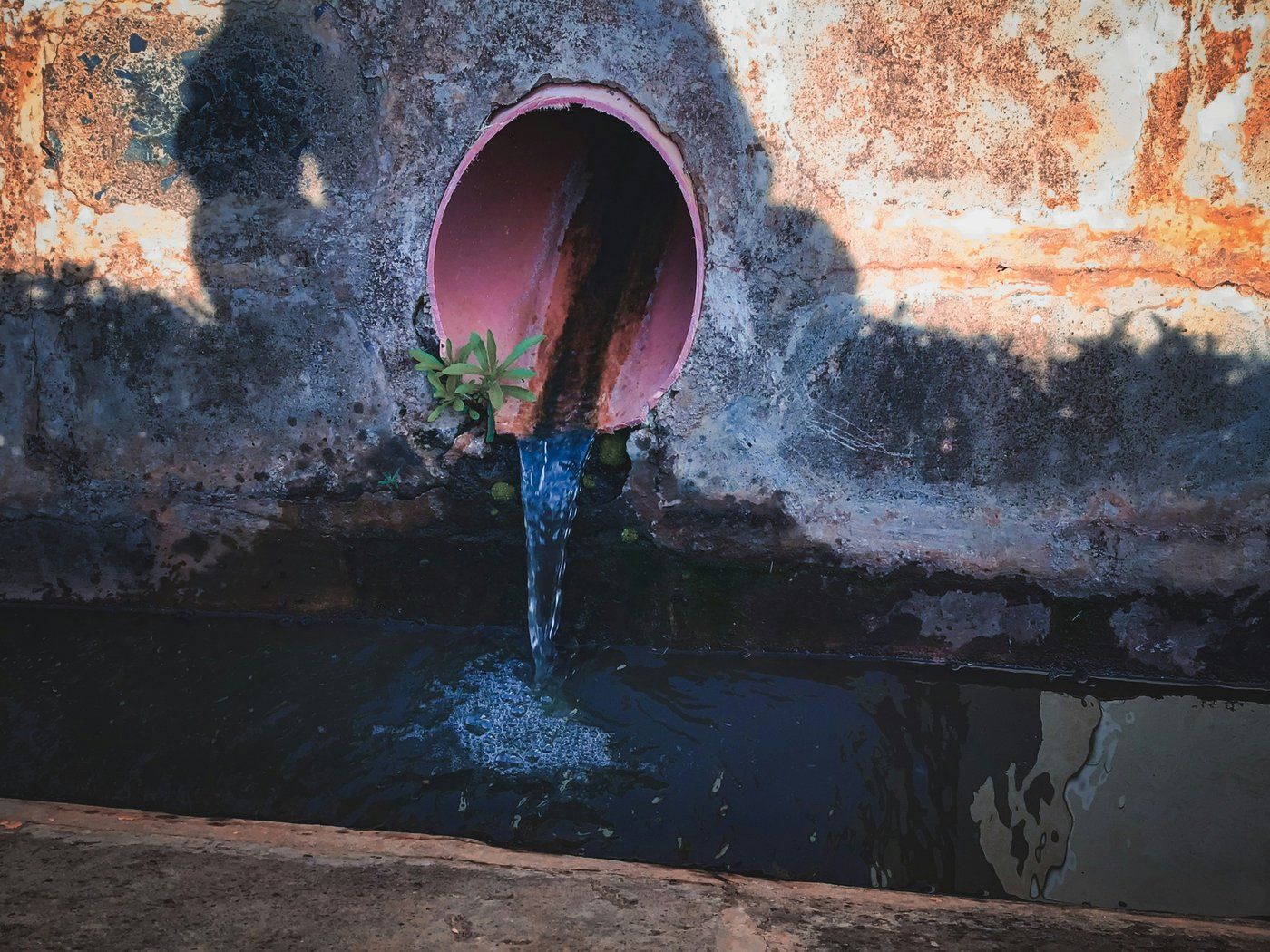Water scarcity is becoming an urgent global crisis, affecting billions of people.
According to the UN World Water Development Report 2024, approximately 2.2 billion people lack access to safe drinking water and half of the world's population experiences severe water scarcity for at least some of the year.
Amid these alarming statistics, the recycling of wastewater is emerging as a vital solution.
Currently, more than 80 percent of the world's total wastewater — and more than 95 percent of it in some developing countries — is released into the environment without being treated first. This has alarming consequences for public health and the environment.
In developing nations, only 8 percent of industrial wastewater undergoes any form of treatment.
If viewed as a resource rather than waste, recycled wastewater can ease pressure on freshwater supplies, support agricultural irrigation and sustain industrial processes.
India is among the most water-stressed countries in the world, in part due to pollution and its massive population.
Like many countries, India grapples with the challenge of cleaning up its rivers, notably the Ganges, which is considered holy by Hindus.
Reusing treated wastewater could substantially lower the volume of pollutants entering waterways, aiding in the restoration of these crucial ecosystems by allowing rivers to recuperate naturally and cleanse themselves.
However, despite its potential benefits, the implementation of wastewater reuse faces several challenges.
Technical hurdles include the need for advanced treatment technologies and significant infrastructure investments. Regulatory and policy frameworks also have to be established to ensure water quality standards and incentivise the adoption of alternative water sources.
Economic considerations, such as the cost of treatment and distribution, can also hinder project viability.
The most significant barrier is the public perception and resistance towards the reuse of treated wastewater. This often stems from concerns about the safety and quality of recycled water.
Getting past public resistance
Some uses of recycled water may not bother people as much as using it for drinking, cooking or bathing.
Using recycled water for irrigation, industrial processes and flushing your toilet appears less prone to perception issues, can be done safely and would reduce the demand for freshwater resources.
It would also be an economic good. Wastewater reuse can reduce water costs in areas where the cost of freshwater is higher than the cost of treated wastewater.
Overcoming public perception barriers will need public outreach campaigns tailored to diverse cultural and religious backgrounds and targeting all age groups to build trust among consumers.
Such awareness and education campaigns should also be adapted to local circumstances and needs.
Local communities must be involved in the planning and implementation of wastewater reuse projects to foster a sense of ownership and support.
Decentralizing wastewater treatment and management can empower communities and give them a defined role in water resource management.
Economic instruments, such as incentives or subsidies, can play a crucial role in motivating communities to adopt treated wastewater as a valuable resource.
However, these incentives must be aligned with effective information campaigns, advocacy efforts and robust regulations to ensure successful implementation.
All of these strategies used in concert can help build community trust, which is essential for increasing the acceptance of reclaimed water for both potable and non-potable uses.
The success stories
There are successful examples for governments to learn from.
Namibia, a country facing chronic water scarcity, was the first to establish large-scale facilities to produce potable water from reclaimed wastewater.
The public acceptance of direct potable reuse in Namibia is primarily driven by the lack of alternative water sources, the successful operation of the Goreangab Water Reclamation Plant for more than 55 years without any reported health issues, an open information policy, effective public education, and consumer confidence in the quality management and advanced water treatment technology used.
More recently, Singapore implemented a large-scale wastewater reuse program called NEWater.
While most of the recycled water is used by industry, during dry periods some of it also goes towards supplementing water reservoirs that supply tap water to homes.
The program helps to meet the country's growing water demand and ensure water security while protecting its environment. Through public education campaigns and rigorous quality control measures, Singapore has gained widespread public acceptance for NEWater.
Israel, a water-scarce country, has achieved remarkable water security through unconventional methods including wastewater reuse.
By heavily relying on reclaimed water and desalination, it has not only met domestic water needs but also exported surplus water. Treated wastewater is used for agriculture, making up nearly half of the total agricultural water usage. Additionally, managed aquifer recharges help store water for times of high demand or drought.
As the world confronts escalating water scarcity and environmental challenges, wastewater reuse presents a promising solution that can benefit society.
It is a path towards securing a sustainable future in which every drop counts.
(Seth is an Associate Fellow at The Energy and Resources Institute (TERI) in New Delhi, India. Lohar is a Research Associate at The Energy and Resources Institute. This article was originally published under Creative Commons by 360info)

